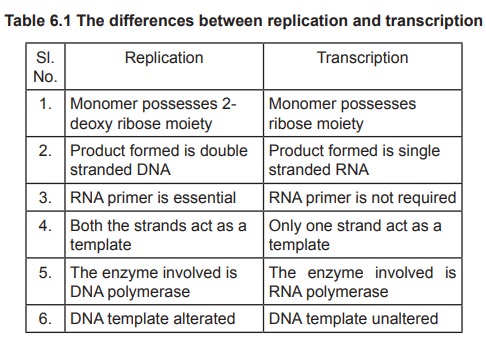Chapter: Biochemistry: Nucleic Acid Metabolism
Role of tRNA in protein synthesis
Role
of tRNA in protein synthesis
Transfer RNA is the smallest polymeric RNA.
These molecules seem to be generated by the nuclear processing of a precursor
molecule.
The tRNA molecules serve a number of functions,
the most important of which is to activate amino acids for protein synthesis.
The function of tRNA is to bind the specific aminoacids, one might think that
there are 20 types of tRNAs (i.e as many as the constituent amino acids of
proteins). Since the code is degenerate (i.e. there is more than one codon for
a aminoacid). There are also more than one tRNA for a specific aminoacid.
Therefore there are generally several tRNAs specific for the same aminoacid
(Sometimes upto 4 or 5); they are called isoacceptor tRNA’s. These various
tRNA’s, capable of binding the same amino acid, differ in their nucleotide
sequence, they can either have the same anticodon and therefore recognize the
same codon (or) have different anticodons and thus permit the incorporation of
the aminoacid in response to multiple codons specifying the same aminoacid.
As mentioned, each tRNA is specific for an
aminoacid i.e. it can bind (or accept) only that particular aminoacid. Thus,
tRNAAla denotes a tRNA specific for alanine.
Codon is made up of 3 bases, and is present in
mRNA. The tRNA contains anticodon which is complementary (opposite) to codons
in mRNA.

Related Topics